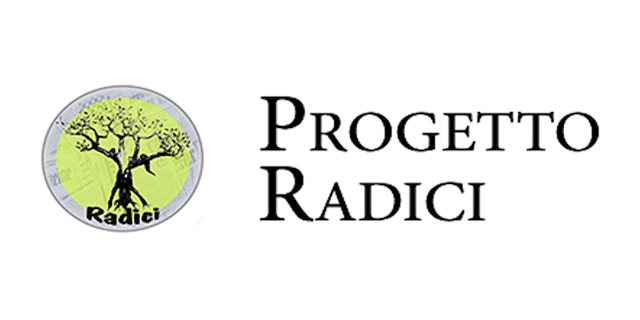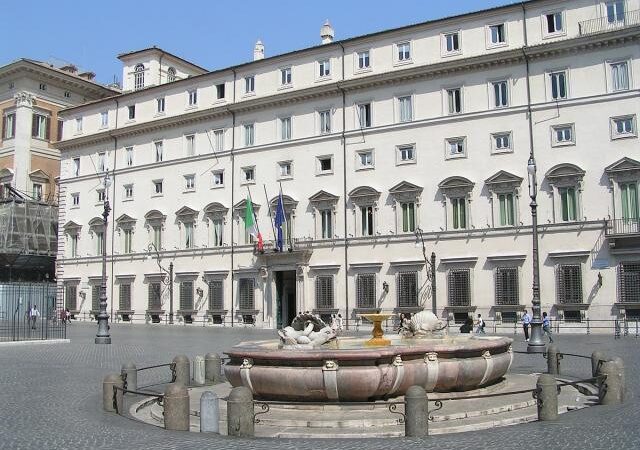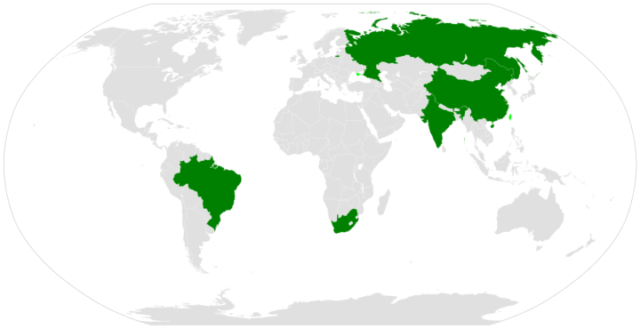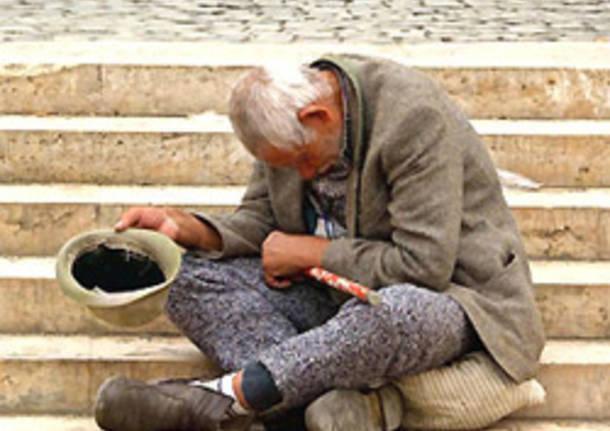About sustainable development in Africa

Sawsan Mabrouk
The Sustainable Development Goals present specific goals that must be achieved over a time scale in the most important sectors. Such as health, education, employment, energy, infrastructure, and the environment, in all countries.
And no other place in the world needs to achieve these goals more than the African continent; Although achieving some progress in some areas and countries is generally encouraging, the region needs to redouble its efforts if it is to achieve the Sustainable Development Goals by 2030.
For African countries to succeed in this; They need to establish effective and coordinated partnerships in order to localize the sustainable development goals, that is, to achieve a complete transformation of the ecosystem into mechanisms for planning and implementation at the national and regional levels, in addition to implementing the African Union’s agenda for 2063, and bridging the large gaps in financing and availability. data.
Until now; The progress in implementing and implementing that strategy for sustainable development was not equal in all countries, as well as with regard to the goals. According to the Africa Sustainable Development Index 2019; The best-ranked country is Mauritius, which has achieved an average output of 19.
Among the top performers were Botswana, Ghana and Rwanda, but 18 countries (out of a total of 46) in Sub-Saharan countries were, on average, less than 50% of their achievement of the goals of the plan in terms of the best results that could be achieved in that period.
In general, these countries are outside the path of achieving the goals in most parts of the sustainable development plan, which confirms the speed with which these countries and their international partners work together to accelerate performance and implementation.
Looking forward: time to act
To move forward; Leaders at all levels must directly address the SDGs with a holistic and coherent approach to effectively optimize resources. As this approach seeks high-level horizontal and vertical coordination; It requires consistent and logically framed action plans to ensure coherence, and therefore the process of localization locally must go beyond merely integrating the sustainable development goals into national plans. Rather, it must now strive to formulate both the goal and its indicators in line with local social and economic realities. Our strategy is from the current planning to the future to start from future planning to the present, in a successive manner, starting from 2030 AD to the present day.
Africa is firmly determined to have its future in its own hands, and then it grows from merely adopting agendas to setting the agendas themselves. Agenda 2063 is one of the mechanisms for doing so, and so is the African Continental Free Trade Area, which will include a market of 1.2 billion people. With a gross domestic product of more than $ 3.4 trillion, which will provide new opportunities for Africa and its trading partners.
in addition to; Several African countries are embarking on ambitious development plans that lead to the adoption of new technologies and energy sources. Countries are also showing a greater appetite for information technology and knowledge. While Africa should remain committed to working with its development partners over the next decade and beyond, achieving the SDGs must be primarily its own responsibility.
Sawsan Mabrouk
Correspondent Project Radici, Tunisia







